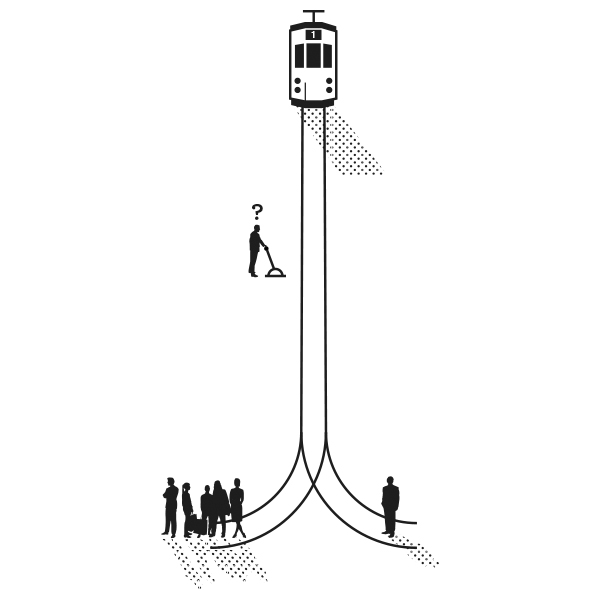
Thought experiments are often used to explore ethical and moral issues. When you are dealing with questions of life and death it is obviously not recommended to kill a bunch of people in order to determine the most ethical course of action. This then is where a thought experiment is also extremely valuable.
One of the most famous of this type is the trolley experiment. It goes like this: say you are the driver of a trolley that is out of control. You apply the brakes and nothing happens. Ahead of you are five people who will die should your trolley continue on the track. At the last moment you notice a spur that has one person on it. What do you do? Do you continue on and kill the five, or do you divert and kill the one?
This experiment was first proposed in modern form by Philippa Foot in her paper “The Problem of Abortion and the Doctrine of the Double Effect,” and further considered extensively by Judith Jarvis Thomson in “The Trolley Problem.” In both cases the value of the thought experiment is clear. The authors were able to explore situations that would be physically impossible to reproduce without causing serious harm, and in so doing significantly advanced certain questions of morality. Moreover, the trolley problem remains relevant to this day as technological advances often ask us to define when it is acceptable, and even desirable, to sacrifice one to save many (and lest you think this is always the case, Thomson conducts another great thought experiment considering a doctor killing one patient to save five through organ donation).
*This is an excerpt from our book, The Great Mental Models: General Thinking Concepts. Learn more about the book and how to get it here.
